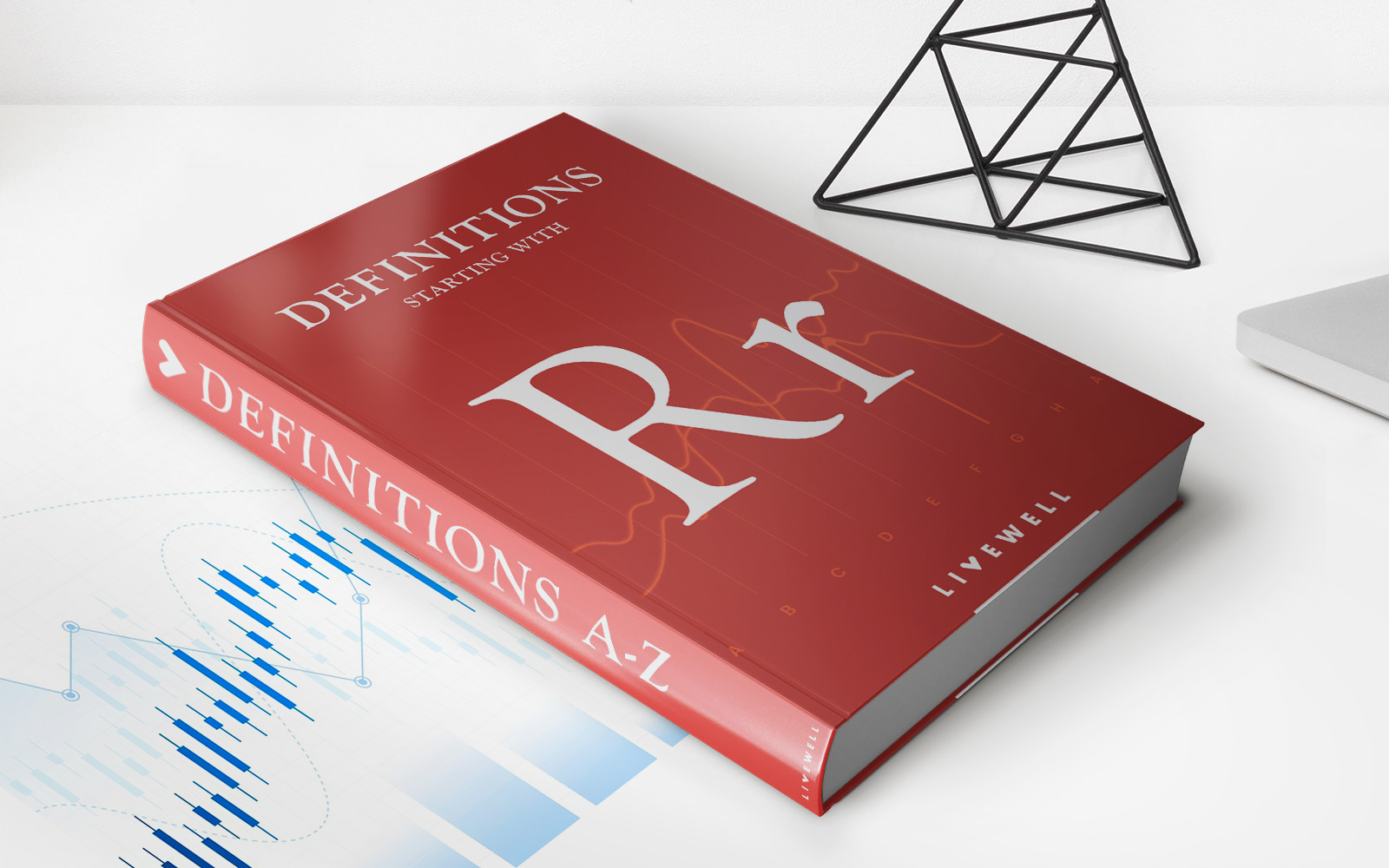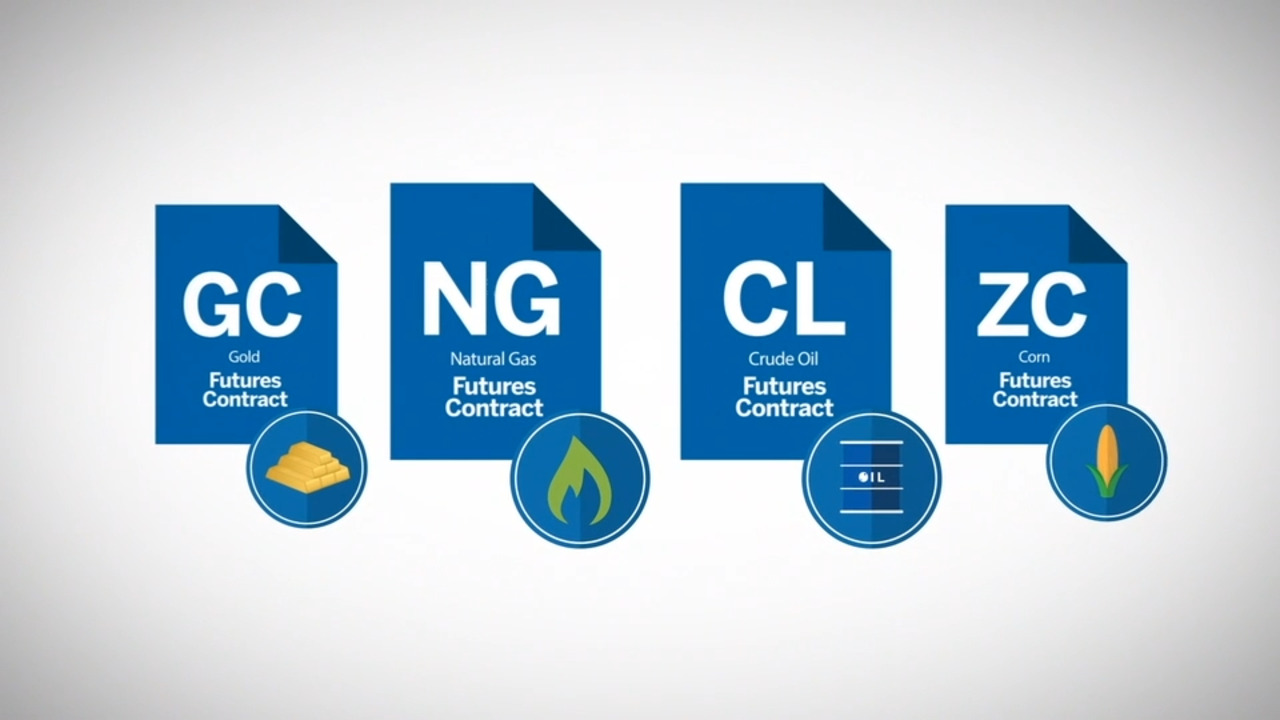

Finance
How Revolving Credit Works
Modified: March 10, 2024
Learn how revolving credit works and manage your finances effectively.
(Many of the links in this article redirect to a specific reviewed product. Your purchase of these products through affiliate links helps to generate commission for LiveWell, at no extra cost. Learn more)
Table of Contents
Introduction
When it comes to financial flexibility, revolving credit is a valuable tool that can empower individuals and businesses to meet their financial needs. Whether it’s managing cash flow, making large purchases, or dealing with unexpected expenses, revolving credit can provide the necessary funds without the hassle of traditional loans.
Revolving credit is a type of credit that allows borrowers to access a pre-approved line of credit repeatedly, as long as they make timely payments and keep the balance within certain limits. Unlike installment loans, where borrowers receive a lump sum of money and make fixed monthly payments, revolving credit provides a revolving line of credit that can be drawn upon and repaid multiple times, up to the approved credit limit.
With revolving credit, borrowers have the flexibility to use the funds as needed and make minimum monthly payments, depending on the amount owed. This versatility makes revolving credit an attractive option for both individuals and businesses, as it offers financial freedom and convenience.
In this article, we will delve into the ins and outs of revolving credit, understanding how it works, the advantages and disadvantages, and how to effectively manage and apply for revolving credit. So, if you’re ready to explore the world of revolving credit and unlock its potential, let’s dive in.
What is Revolving Credit?
Revolving credit is a form of credit that gives borrowers access to a predetermined line of credit, typically issued by a financial institution. Unlike traditional loans, where borrowers receive a lump sum upfront and make fixed monthly payments, revolving credit provides a revolving line of credit that can be accessed and repaid repeatedly.
One of the key features of revolving credit is its flexibility. Borrowers have the freedom to borrow any amount within the approved credit limit, pay it back, and then borrow again. This revolving nature allows individuals and businesses to have ongoing access to funds, making it an ideal choice for managing cash flow fluctuations or handling unexpected expenses.
Revolving credit comes in various forms, including credit cards, lines of credit, and home equity lines of credit (HELOCs). Credit cards are the most common type of revolving credit, offering cardholders a predetermined credit limit that they can use for purchases, cash advances, or balance transfers.
Lines of credit, on the other hand, are typically offered to businesses and individuals with higher credit scores. These lines of credit can be secured or unsecured, with secured lines backed by collateral such as real estate or other assets.
HELOCs are another form of revolving credit that allows homeowners to access funds based on the equity they have built up in their property. HELOCs are secured by the property and offer borrowers a flexible and convenient way to finance home improvements, education, or other major expenses.
Overall, revolving credit offers borrowers the ability to use credit as needed, repay it, and then use it again. This flexibility makes it a powerful financial tool for individuals and businesses looking for immediate access to funds without having to go through the lengthy process and restrictions of traditional loans.
How Does Revolving Credit Work?
Understanding how revolving credit works is key to harnessing its benefits effectively. Let’s explore the mechanics of revolving credit and how it functions for borrowers.
When a borrower is approved for revolving credit, they are granted a predefined credit limit, which represents the maximum amount they can borrow. This credit limit is determined by factors such as the borrower’s credit history, income, and other financial factors.
With revolving credit, borrowers have the flexibility to access funds as needed. They can borrow any amount up to the credit limit and use it for various purposes, such as making purchases, paying bills, or covering unexpected expenses. The borrowed amount is added to the account balance, and interest accrues based on the outstanding balance.
As the borrower makes payments, the available credit limit is replenished. This means that as the borrower repays the borrowed amount, they free up more credit that can be used again. This revolving aspect distinguishes it from traditional loans, where the borrowed amount is typically repaid in fixed installments over a set period.
Revolving credit requires monthly payments, but the minimum payment is typically a small percentage of the outstanding balance. This minimum payment option offers borrowers flexibility but can result in accruing interest if the balance is not paid off in full. It is important for borrowers to understand that revolving credit charges interest on the outstanding balance, and the interest rate can vary depending on the type of revolving credit and the terms of the agreement.
For example, with a credit card, if the borrower has a credit limit of $5,000 and uses $2,000, they will have $3,000 of available credit remaining. If they make a minimum payment of $40 (2% of the outstanding balance), the remaining $1,960 will continue to accrue interest. If the borrower makes a higher payment or pays off the balance in full, they will avoid interest charges.
It’s worth noting that revolving credit offers borrowers the flexibility to repay the borrowed amount over an extended period, as long as they make regular minimum payments and stay within the credit limit. However, carrying a high balance and not paying it off can lead to accumulating interest and potentially harming your credit score.
Overall, revolving credit allows borrowers to access funds up to a predetermined credit limit, make payments based on the outstanding balance, and revolve the credit by repaying and borrowing repeatedly within the limits. This flexibility makes revolving credit a versatile financial tool for managing expenses and cash flow needs.
Advantages of Revolving Credit
Revolving credit offers several advantages that make it an attractive financial option for individuals and businesses. Let’s explore some of the key benefits of revolving credit:
- Flexibility: One of the major advantages of revolving credit is its flexibility. Borrowers have the freedom to use the credit as needed, up to the approved credit limit. They can access funds whenever they require them, and repay and borrow again, without the need to reapply for a new loan each time.
- Convenience: With revolving credit, borrowers have easy access to funds through their credit cards, lines of credit, or other revolving credit options. This convenience allows them to handle unexpected expenses or manage cash flow fluctuations effectively. There’s no need to go through a lengthy loan approval process or wait for funds to be disbursed.
- Financial Management: Revolving credit offers individuals and businesses the ability to manage their finances more effectively. It provides a safety net for emergencies and allows for timely bill payments. Additionally, the availability of revolving credit can help smooth out cash flow gaps, providing financial stability.
- Building Credit History: Responsible use of revolving credit can help individuals build or improve their credit history. Making timely payments and keeping credit card balances low can positively impact credit scores. This, in turn, can lead to better terms and conditions when applying for future loans or credit lines.
- Rewards and Perks: Many credit cards and other types of revolving credit come with rewards programs, cashback offers, or other perks. These incentives can include travel rewards, discounts on purchases, or even cashback on everyday expenses. By using revolving credit responsibly, borrowers can take advantage of these rewards and enjoy additional benefits.
Overall, revolving credit provides the flexibility, convenience, and financial management tools that individuals and businesses need to meet their financial obligations effectively. Understanding the advantages of revolving credit can help borrowers make informed decisions when considering this type of credit option.
Disadvantages of Revolving Credit
While revolving credit offers many benefits, it’s important to be aware of the potential disadvantages before utilizing this type of credit. Here are some key drawbacks to consider:
- High Interest Rates: One of the main disadvantages of revolving credit is the potential for high-interest rates. If the outstanding balance is not paid off in full each month, interest charges can accumulate quickly. This can result in significant costs over time, making revolving credit more expensive compared to other forms of credit.
- Temptation to Overspend: Revolving credit can tempt individuals to overspend beyond their means. The availability of credit and the ease of borrowing can lead to impulsive purchases and the accumulation of debt. It requires discipline and self-control to ensure that revolving credit is used responsibly and within budget.
- Debt Accumulation: The revolving nature of credit can lead to a cycle of debt if not managed properly. Continuous borrowing without timely repayment can result in a growing balance and increasing interest charges. This can lead to a heavy debt burden and financial stress if not addressed promptly.
- Credit Score Impact: Utilizing a high percentage of the available credit on revolving accounts can negatively impact credit scores. A high credit utilization ratio can signal to lenders that a borrower may be overextended and potentially risky. It’s important to keep credit card balances and other revolving credit balances low relative to their limits to maintain a healthy credit score.
- Fees and Penalties: Revolving credit may come with various fees and penalties that can impact the cost of borrowing. This can include annual fees, late payment fees, cash advance fees, and balance transfer fees. It’s crucial to read and understand the terms and conditions associated with the revolving credit account to avoid unnecessary fees.
These disadvantages, although significant, can be managed and minimized with responsible borrowing and careful financial management. It’s crucial to evaluate personal financial situations, budget effectively, and make informed decisions when utilizing revolving credit to mitigate these potential drawbacks.
Applying for Revolving Credit
Applying for revolving credit, such as a credit card or line of credit, requires careful consideration and understanding of the process. To increase your chances of approval and secure favorable terms, follow these steps:
- Check your credit score: Before applying for revolving credit, it’s important to review your credit score. Lenders will assess your creditworthiness, and a higher credit score can result in better terms and interest rates. If your credit score is low, take steps to improve it before applying.
- Research different options: There are various types of revolving credit available, such as credit cards, lines of credit, and home equity lines of credit (HELOCs). Research the options that best suit your needs, considering factors such as interest rates, fees, rewards programs, and credit limits.
- Compare offers: Once you have identified the type of revolving credit you’re interested in, compare offers from different lenders. Look for competitive interest rates, favorable terms, and any additional benefits that may be offered.
- Gather necessary documents: When applying for revolving credit, you will need to provide certain documents, such as identification, proof of income, and employment information. Prepare these documents in advance to streamline the application process.
- Submit your application: Fill out the application accurately and completely. Double-check all the information before submitting to ensure its accuracy. Incomplete or inaccurate applications may delay the approval process.
- Wait for a decision: Once your application is submitted, the lender will review it and determine your eligibility. The approval process can take anywhere from a few minutes for credit card applications to a few days for other types of revolving credit.
- Review the terms: If your application is approved, carefully review the terms and conditions of the credit agreement. Pay attention to interest rates, fees, repayment terms, and any limitations or restrictions that may apply.
- Activate and use your credit: After accepting the terms, you will receive your credit card or access to your line of credit. Activate your credit card, if applicable, and familiarize yourself with how to make payments, access funds, and any additional features or benefits provided.
Remember, applying for revolving credit requires responsible borrowing and a thorough understanding of the terms. Make sure to utilize the credit responsibly, make timely payments, and stay within the credit limit to maintain a healthy credit profile and reap the benefits of revolving credit.
Managing Revolving Credit
Effectively managing revolving credit is crucial to maintain a healthy financial profile and avoid falling into debt. Here are some important strategies to help you manage your revolving credit:
- Create a budget: Start by creating a budget that outlines your income, expenses, and financial goals. This will help you understand how much you can afford to borrow and make timely payments. Stick to your budget to avoid overspending and accumulating unnecessary debt.
- Pay on time: Make your credit card or line of credit payments on time each month. Late payments can result in late fees and negatively impact your credit score. Set up automatic payments or reminders to ensure you never miss a payment.
- Pay more than the minimum: While paying the minimum balance is required, try to pay more than the minimum whenever possible. By paying more, you can reduce the outstanding balance faster and save money on interest charges.
- Keep credit utilization low: Aim to keep your credit card balances and overall credit utilization low. High credit utilization can negatively impact your credit score. Try to keep your credit utilization ratio below 30% to maintain a good credit profile.
- Avoid unnecessary fees: Be mindful of fees associated with your revolving credit, such as annual fees, cash advance fees, or balance transfer fees. Read the terms and conditions of your credit agreement to understand the specific fees and take steps to avoid them.
- Monitor your credit: Regularly review your credit card statements and credit reports to ensure they are accurate. Report any discrepancies or fraudulent activities immediately to protect your credit profile.
- Reassess your credit needs: Periodically review your revolving credit and assess if it still aligns with your financial goals and needs. Cancel unused or unnecessary credit cards or credit lines to simplify your financial obligations.
- Seek professional advice if needed: If you are struggling to manage your revolving credit or finding yourself in unmanageable debt, seek professional financial advice. Credit counseling services or debt management programs can provide guidance and assist you in developing a repayment plan.
By implementing these strategies and adopting responsible financial habits, you can effectively manage your revolving credit, avoid excessive debt, and maintain a positive credit profile. Remember, the key is to use revolving credit as a tool to support your financial goals and not as a means of reckless spending.
Conclusion
Revolving credit offers individuals and businesses a flexible and convenient financial solution for managing expenses, cash flow, and unexpected emergencies. Understanding how revolving credit works and its advantages and disadvantages is crucial in maximizing its potential while avoiding potential pitfalls.
With revolving credit, borrowers have the flexibility to use credit as needed, repay it, and then use it again. This revolving nature allows for ongoing access to funds, making it an ideal choice for various financial needs.
Revolving credit provides several benefits, including financial flexibility, convenience, and the ability to build credit history. It can help individuals and businesses manage their finances effectively, handle unexpected expenses, and smooth out cash flow fluctuations.
However, it’s essential to be mindful of the potential downsides of revolving credit, such as high-interest rates, temptation to overspend, and the potential for debt accumulation. Responsible borrowing, timely payments, and staying within credit limits are paramount to managing revolving credit effectively.
When applying for revolving credit, it’s important to conduct research, compare offers, and understand the terms and conditions associated with the account. This will ensure that you choose the right revolving credit option that aligns with your financial goals and needs.
By implementing sound financial management practices, such as creating a budget, paying on time, and keeping credit utilization low, you can effectively manage your revolving credit and maintain a healthy credit profile.
In conclusion, revolving credit can be a valuable financial tool when used responsibly. By understanding how it works, weighing the advantages and disadvantages, and employing proper credit management techniques, you can leverage revolving credit to your advantage and achieve greater financial stability.














